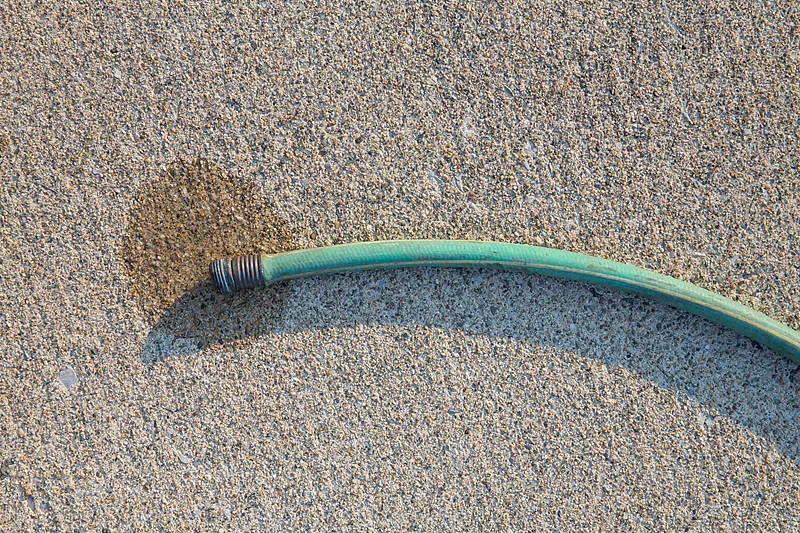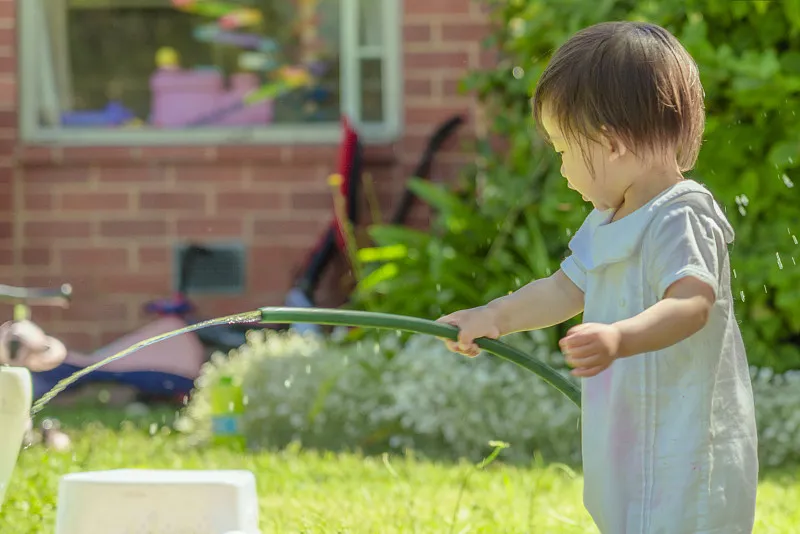Introduce PPR Pipe
When it comes to modern plumbing systems, PPR (Polypropylene Random Copolymer) pipes and fittings have emerged as one of the most durable and cost-effective options. They are commonly used in residential, commercial, and industrial applications due to their excellent resistance to corrosion, heat, and chemicals. Among the various PPR Pipe fittings, the PPR reducing elbow 90° stands out as an essential component in piping systems, especially when transitioning between pipes of different diameters. In this article, we will explore the features, applications, and installation process of PPR reducing elbow 90° fittings, as well as the tools required to work with them effectively.
What is a PPR Pipe Reducing Elbow 90°?
A PPR reducing elbow 90° is a specialized fitting used to change the direction of water flow by 90 degrees while also reducing the pipe size. This fitting is designed to connect pipes of two different diameters, making it an indispensable part of many plumbing systems. The “90°” refers to the angle at which the water flow is redirected, creating a right-angle turn in the piping layout. The “reducing” aspect of the fitting indicates that it allows for a transition from a larger pipe to a smaller one, ensuring smooth and efficient water flow despite the difference in pipe size.
The PPR reducing elbow 90° fitting is typically made of the same high-quality polypropylene material as the pipes, ensuring a secure and long-lasting connection that is resistant to damage from chemicals, pressure, and temperature fluctuations.
Features of PPR Pipe Reducing Elbow 90°
PPR reducing elbow 90° fittings offer several notable features that contribute to their widespread use in plumbing systems:
1. Durability
PPR reducing elbows are highly durable and can withstand harsh conditions such as high pressure, temperature variations, and exposure to chemicals. This makes them ideal for both residential and industrial water distribution systems.
2. Leak-Proof Connections
When properly installed, PPR reducing elbows form leak-proof joints. This is achieved through the fusion process, where the pipe and fitting are heated and then joined to create a strong, homogeneous bond.
3. Heat and Chemical Resistance
PPR pipes and fittings, including reducing elbows, are resistant to high temperatures (up to 95°C or 203°F) and various chemicals. This makes them suitable for use in hot water systems, as well as in applications that involve exposure to corrosive substances.
4. Non-Toxic and Safe
PPR pipes and fittings are non-toxic and do not release harmful chemicals into the water. This makes them safe for use in potable water systems, ensuring clean and safe water delivery.
5. Ease of Installation
PPR reducing elbow 90° fittings are easy to install using the heat fusion method. This technique involves heating the ends of the pipe and the fitting, then fusing them together to create a permanent, leak-proof connection.
6. Cost-Effective
Due to their long lifespan, minimal maintenance requirements, and resistance to wear, PPR reducing elbows are cost-effective compared to traditional metal fittings. This makes them a preferred choice for both new installations and system upgrades.
Applications of PPR Pipe Reducing Elbow 90°
PPR reducing elbow 90° fittings are used in a wide range of plumbing applications where a change in direction is required, and the pipe size needs to be reduced. Below are some of the most common uses of PPR reducing elbows:
1. Residential Plumbing
In residential plumbing systems, PPR reducing elbow 90° fittings are used to redirect water flow and connect pipes of different sizes. These fittings are commonly found in kitchens, bathrooms, and heating systems, where space constraints and the need for efficient water flow are important.
2. Commercial Plumbing
In commercial buildings, reducing elbow 90° fittings are used to connect pipes of various sizes in complex plumbing systems. These fittings are ideal for systems that require a high degree of flexibility and efficiency, such as those found in hotels, office buildings, and schools.
3. Industrial Plumbing
PPR reducing elbows are frequently used in industrial settings, where piping systems often involve the movement of large volumes of water or chemicals. These fittings can handle the demands of high-pressure systems and can be used in factories, warehouses, and manufacturing plants.
4. Irrigation Systems
In irrigation systems, PPR reducing elbow 90° fittings are used to redirect water flow and connect pipes of different sizes. These fittings are designed to withstand outdoor conditions, including UV exposure and temperature fluctuations, making them a reliable choice for agricultural applications.
5. HVAC Systems
In heating, ventilation, and air conditioning (HVAC) systems, PPR reducing elbow 90° fittings can be used to reroute pipes and ductwork. Their heat resistance makes them suitable for use in hot water systems and heating applications.

Installation Process for PPR Pipe Reducing Elbow 90°
Installing PPR reducing elbow 90° fittings is a straightforward process when using the correct tools and techniques. Below is a step-by-step guide for installing these fittings:
1. Prepare the Materials and Tools
Before beginning the installation, ensure that you have all the necessary materials and tools. You will need:
- PPR pipe cutter
- Pipe deburring tool
- Heat fusion machine
- Measuring tape
- Protective gloves
2. Measure and Cut the Pipe
Use a measuring tape to determine the required length of the pipe. Then, use a pipe cutter to cut the PPR pipe cleanly and straight. It is important to ensure that the cut is smooth and free of burrs, as rough edges can affect the fusion process.
3. Deburr the Pipe
Use a pipe deburring tool to remove any burrs or rough edges from the cut pipe. This will ensure a smooth and clean surface for the fusion process, helping to create a better seal when joining the pipe to the reducing elbow.
4. Heat the Pipe and Fitting
Using a heat fusion machine, heat the ends of the PPR pipe and the 90° reducing elbow fitting. The heat fusion process typically involves heating the pipe and fitting to a specific temperature, usually between 260-280°F (125-140°C), depending on the pipe size and material. Make sure to follow the manufacturer’s guidelines for the correct heating time and temperature.
5. Fuse the Pipe and Elbow
Once the pipe and fitting have been heate to the proper temperature, quickly insert the pipe into the fitting and hold them in place for a few seconds to allow the materials to bond. Make sure the pipe is fully inserte into the fitting to ensure a secure connection.
6. Allow the Joint to Cool
After the pipe and fitting are fuse, allow the joint to cool and solidify for several minutes. Do not disturb the joint during this cooling period to ensure the bond is strong and leak-proof.
7. Test the System
Once the joint has cooled, run water through the system to check for leaks. If no leaks are detecte, the installation is complete and successful.
Tools Required for Installing PPR Pipe Reducing Elbow 90°
The following tools are essential for installing PPR reducing elbow 90° fittings:
1. Pipe Cutter
A pipe cutter is necessary to cut the PPR pipe to the required length. It ensures clean and accurate cuts, which are essential for proper fusion and a secure connection.
2. Deburring Tool
A deburring tool removes any sharp edges or rough spots from the pipe after it is cut. This ensures a smooth and even surface for the fusion process.
3. Fusion Machine
A fusion machine is the most critical tool for installing PPR pipe fittings. It heats the pipe and fitting to the appropriate temperature, allowing them to bond seamlessly when joined together.
4. Measuring Tape
A measuring tape ensures that the correct lengths of pipe are cut, and that the fittings are installe in the correct location.
5. Protective Gear
Heat-resistant gloves should be worn during the installation process to protect your hands from burns and injury while working with heated components.
Benefits of PPR Reducing Elbow 90°
There are several reasons why PPR reducing elbow 90° fittings are widely use in plumbing systems:
1. Versatility
These fittings can accommodate pipes of different diameters, making them highly versatile in various plumbing configurations. They are suitable for both residential and commercial applications.
2. Durability
PPR reducing elbows are highly durable and resistant to damage from corrosion, chemicals, and high temperatures. This ensures a long service life with minimal maintenance.
3. Ease of Use
The heat fusion installation process is relatively easy and quick, which reduces labor time and costs. Additionally, PPR reducing elbows do not require additional materials like adhesives or seals.
4. Cost-Effective
Due to their long lifespan and resistance to wear and tear, PPR reducing elbows are cost-effective in the long run. They offer a reliable solution for plumbing systems, reducing the need for frequent repairs or replacements.
5. Safe and Non-Toxic
PPR fittings, including reducing elbows, are non-toxic and do not leach harmful chemicals into the water, making them safe for use in drinking water systems.
Conclusion
PPR reducing elbow 90° fittings are an essential component in modern plumbing systems. Their ability to change the direction of water flow while accommodating different pipe sizes makes them a versatile and reliable option for both residential and industrial applications. The ease of installation, durability, and resistance to heat and chemicals make PPR reducing elbows an excellent choice for a variety of plumbing systems. By following the correct installation procedures and using the appropriate tools, you can ensure a secure and leak-free connection, resulting in a long-lasting and efficient plumbing system.
Frequently Asked Questions (FAQ)
- What is a PPR reducing elbow 90°? A PPR reducing elbow 90° is a fitting used in plumbing systems to change the direction of water flow by 90 degrees while reducing the size of the pipe.
- How do you install a PPR reducing elbow 90°? To install a PPR reducing elbow 90°, cut the pipes to the required length, deburr the edges, heat the pipe and fitting using a fusion machine, and then join them together to form a secure connection.
- What tools are needed to install a PPR reducing elbow 90°? The essential tools include a pipe cutter, deburring tool, fusion machine, measuring tape, and protective gloves.
- Can PPR reducing elbows be use for both hot and cold water? Yes, PPR reducing elbows are suitable for both hot and cold water systems, as PPR material can withstand high temperatures (up to 95°C).
- Are PPR reducing elbow fittings durable? Yes, PPR reducing elbow fittings are highly durable, resistant to corrosion, chemical damage, and temperature fluctuations, making them ideal for long-term use in plumbing systems.


















